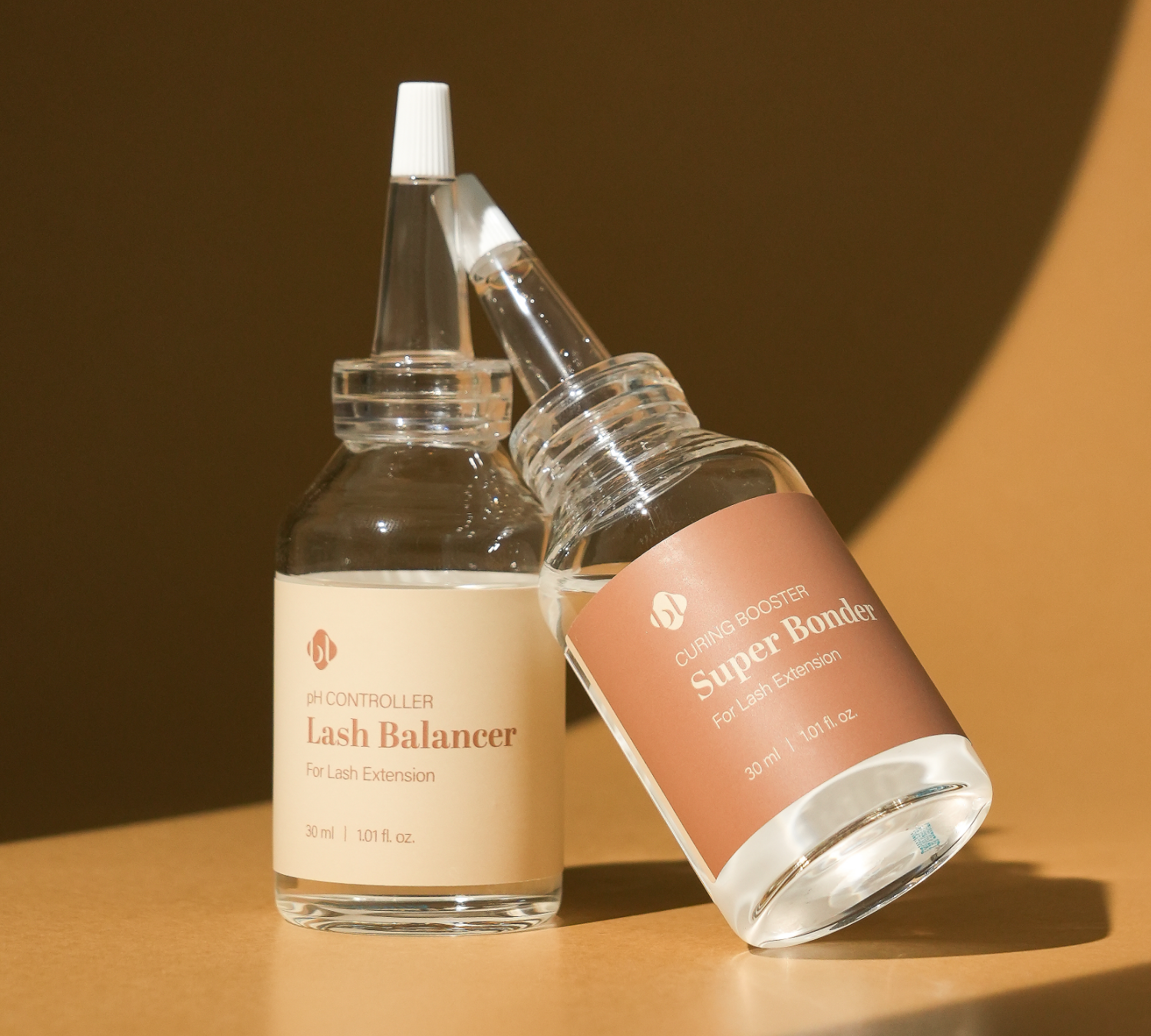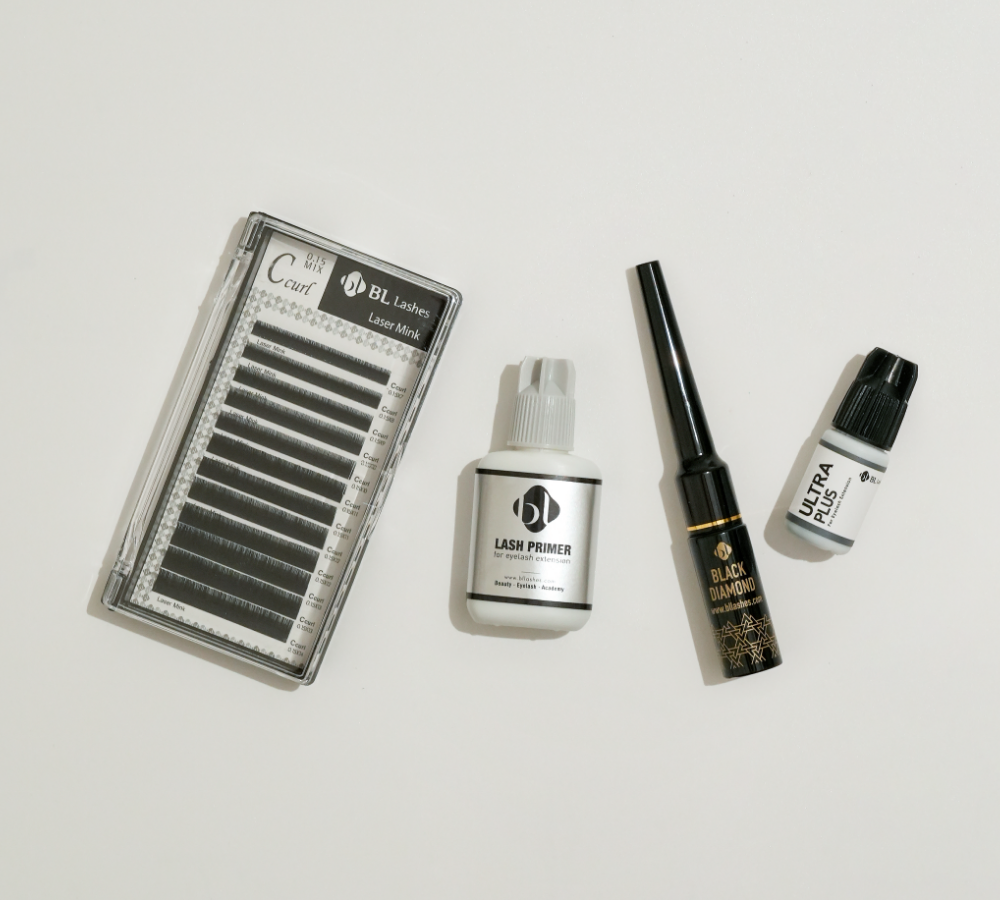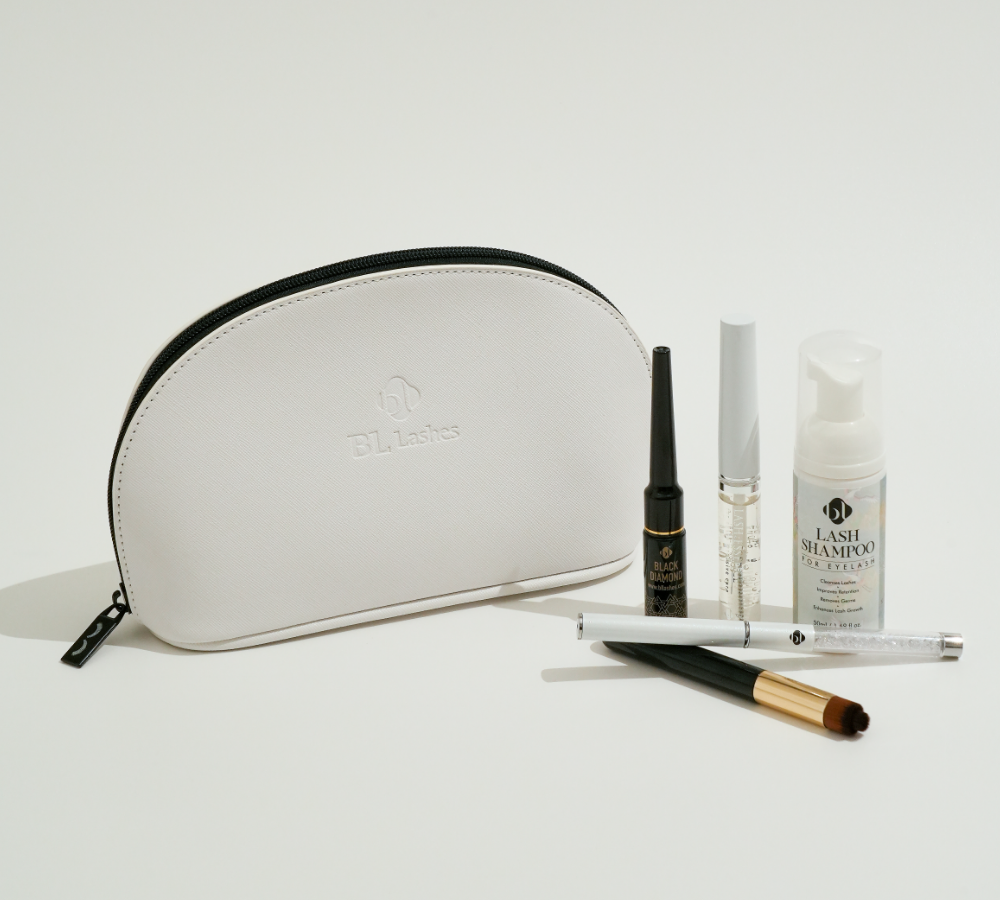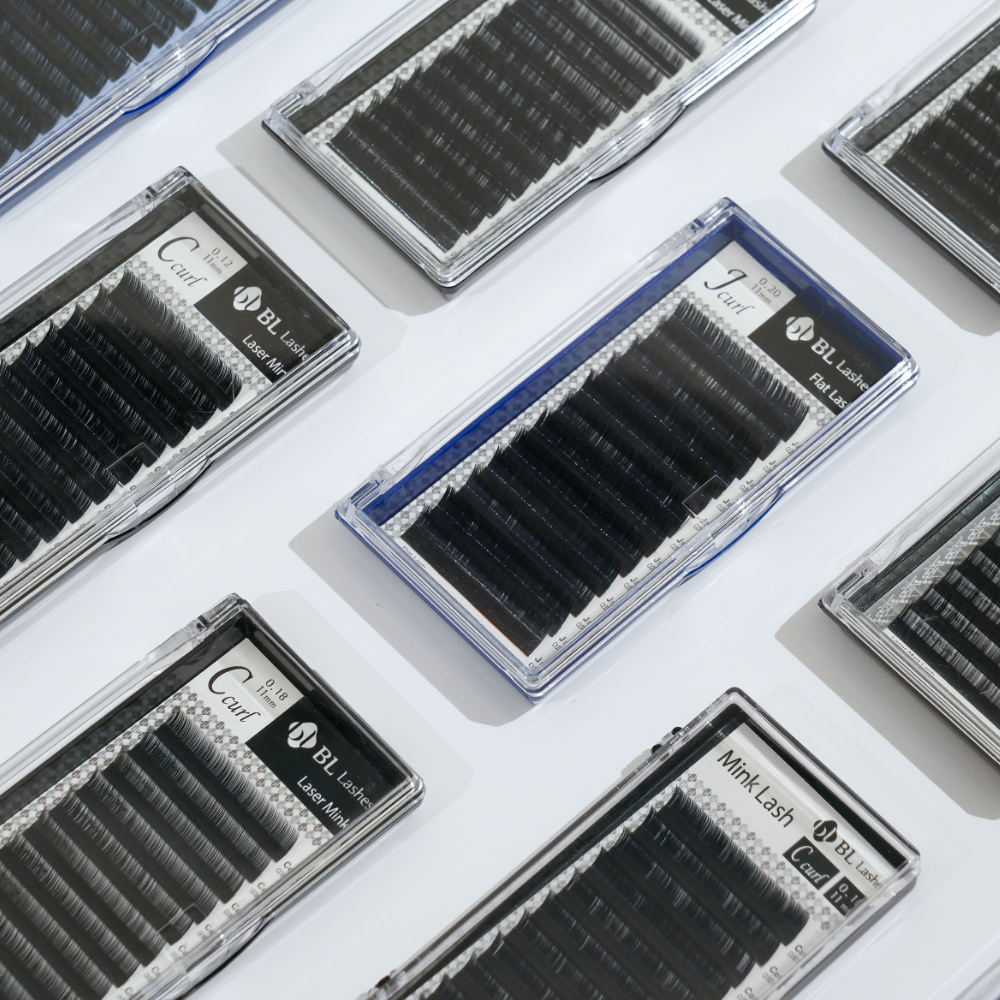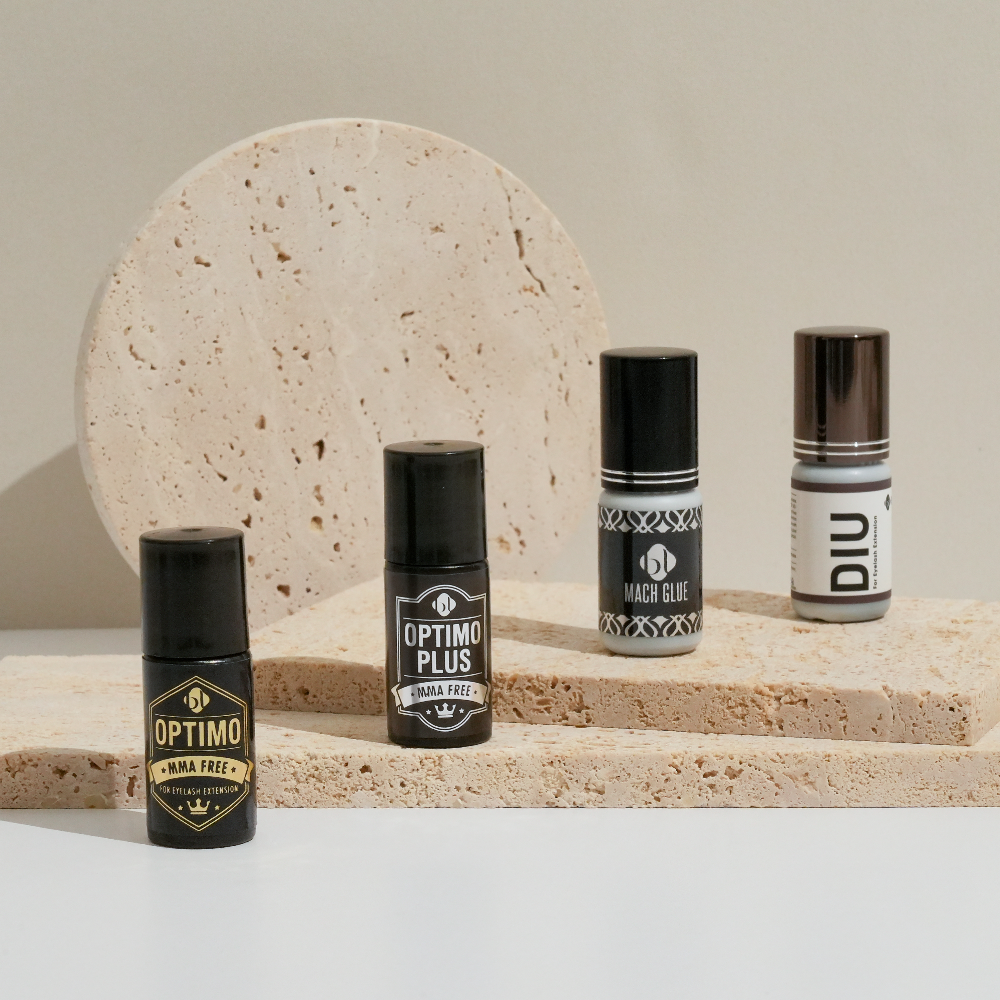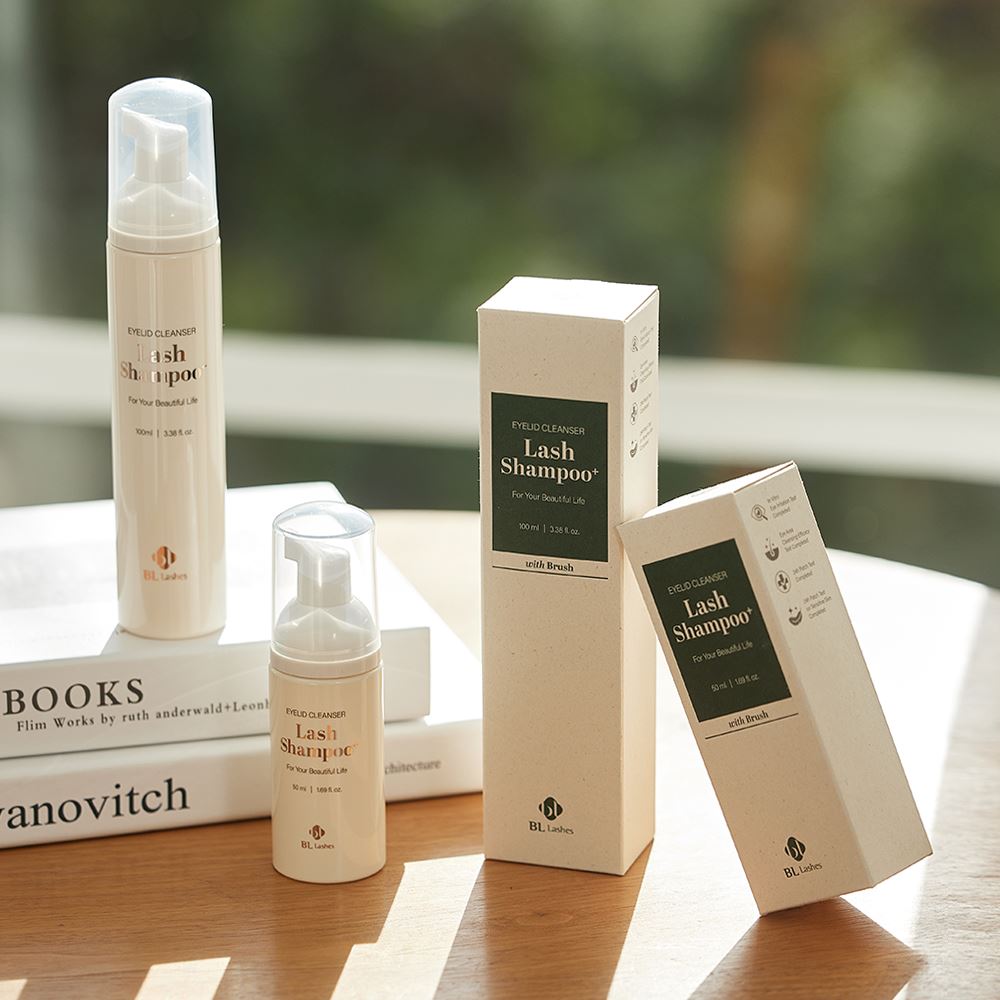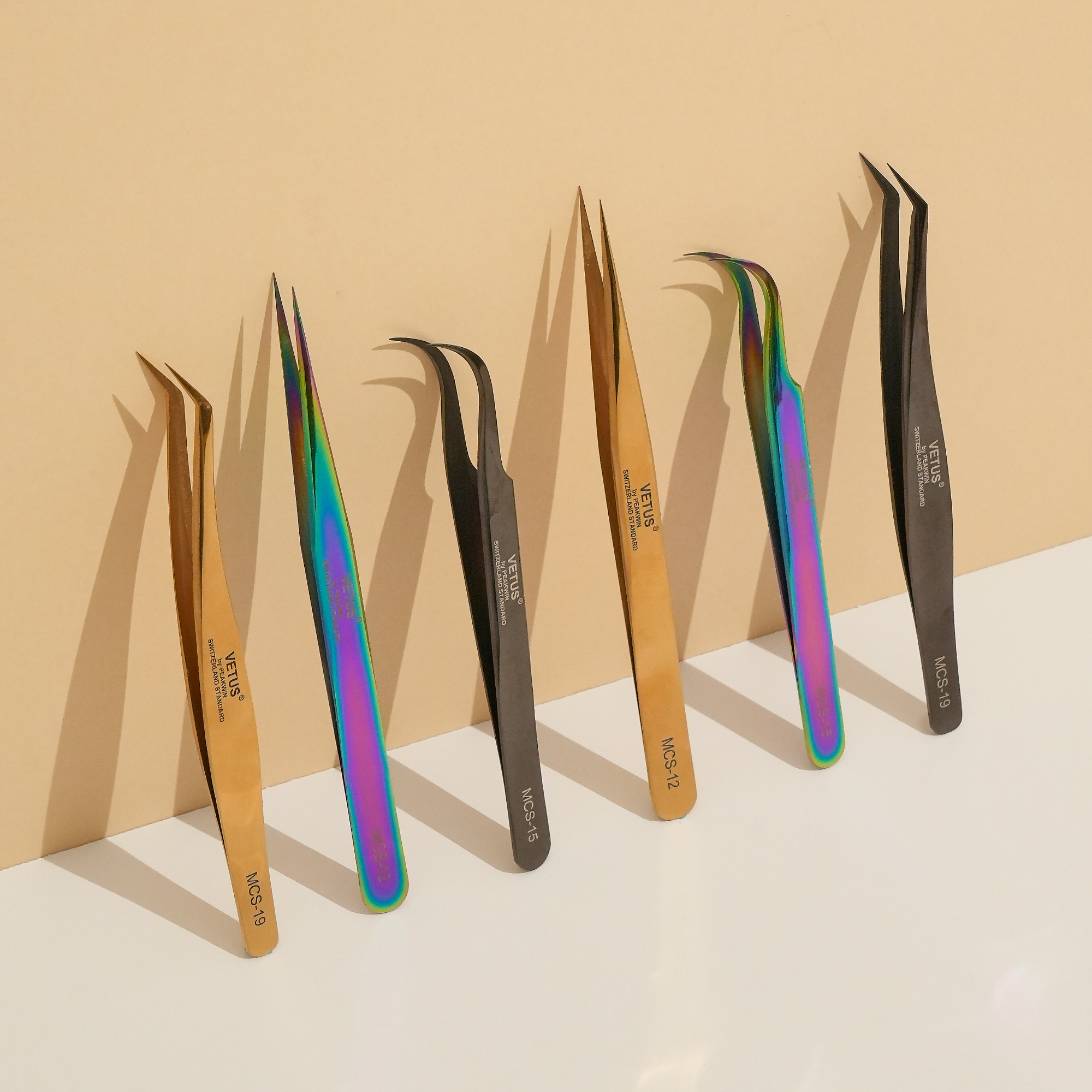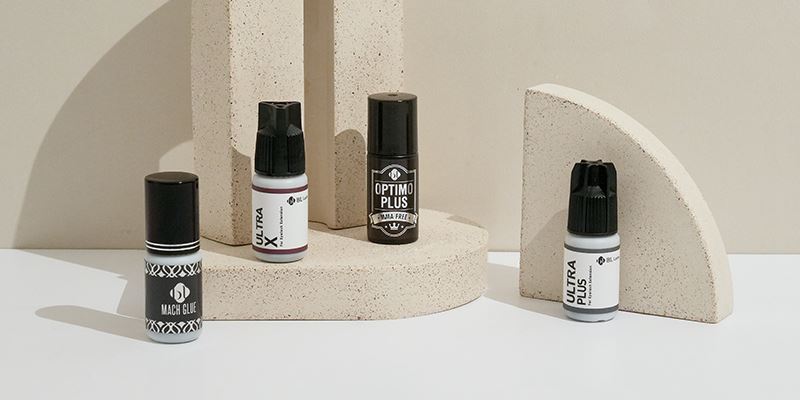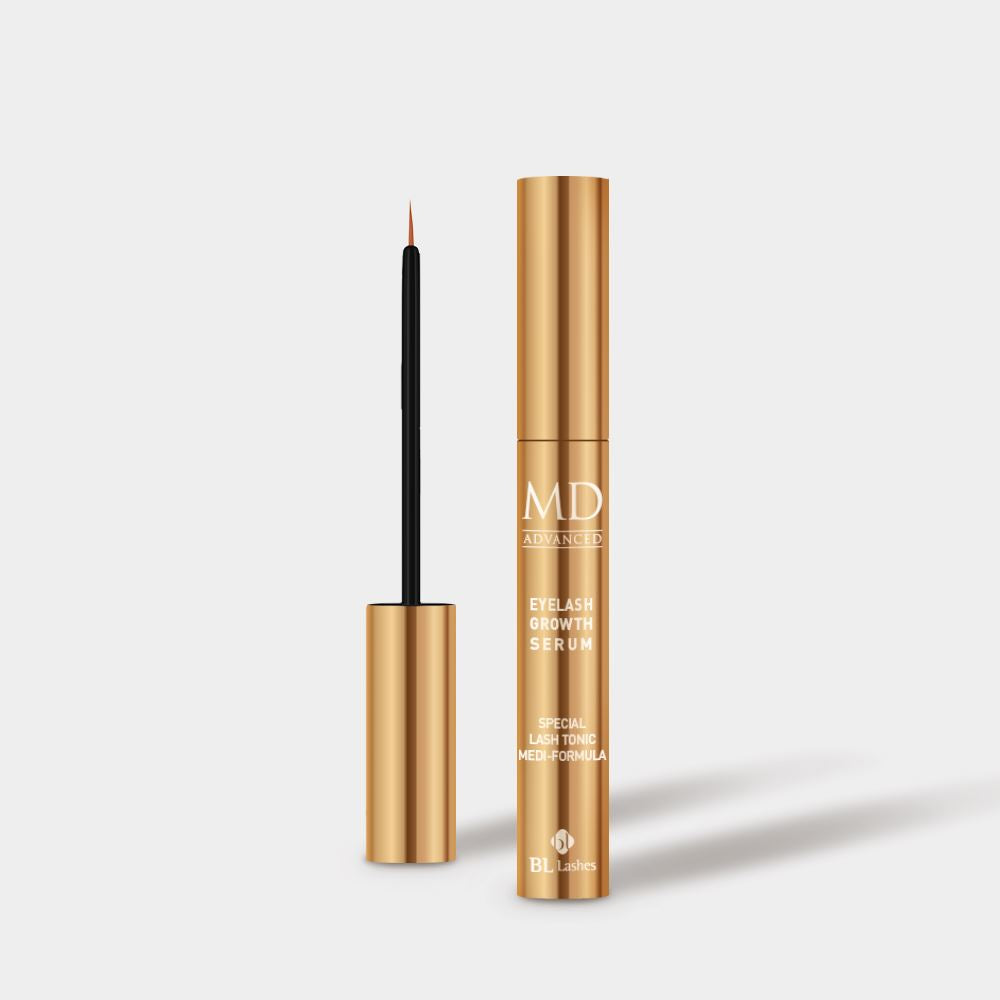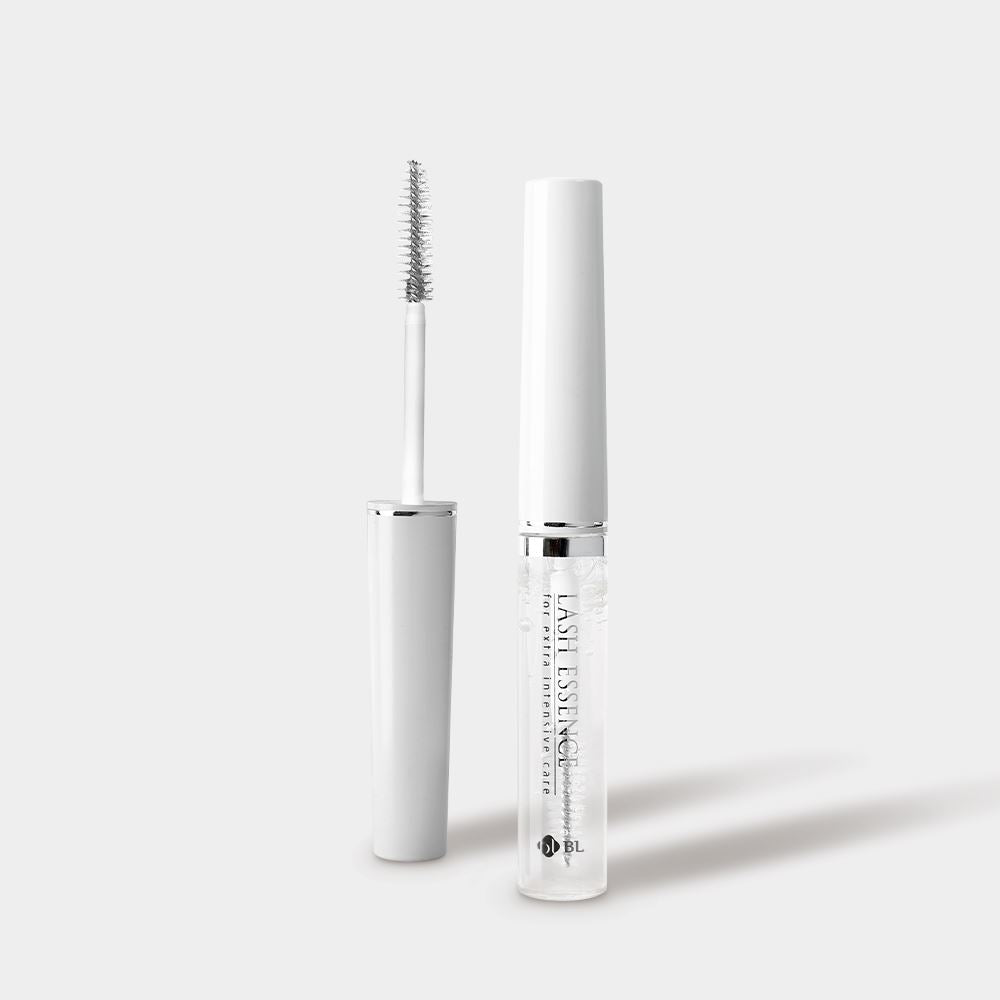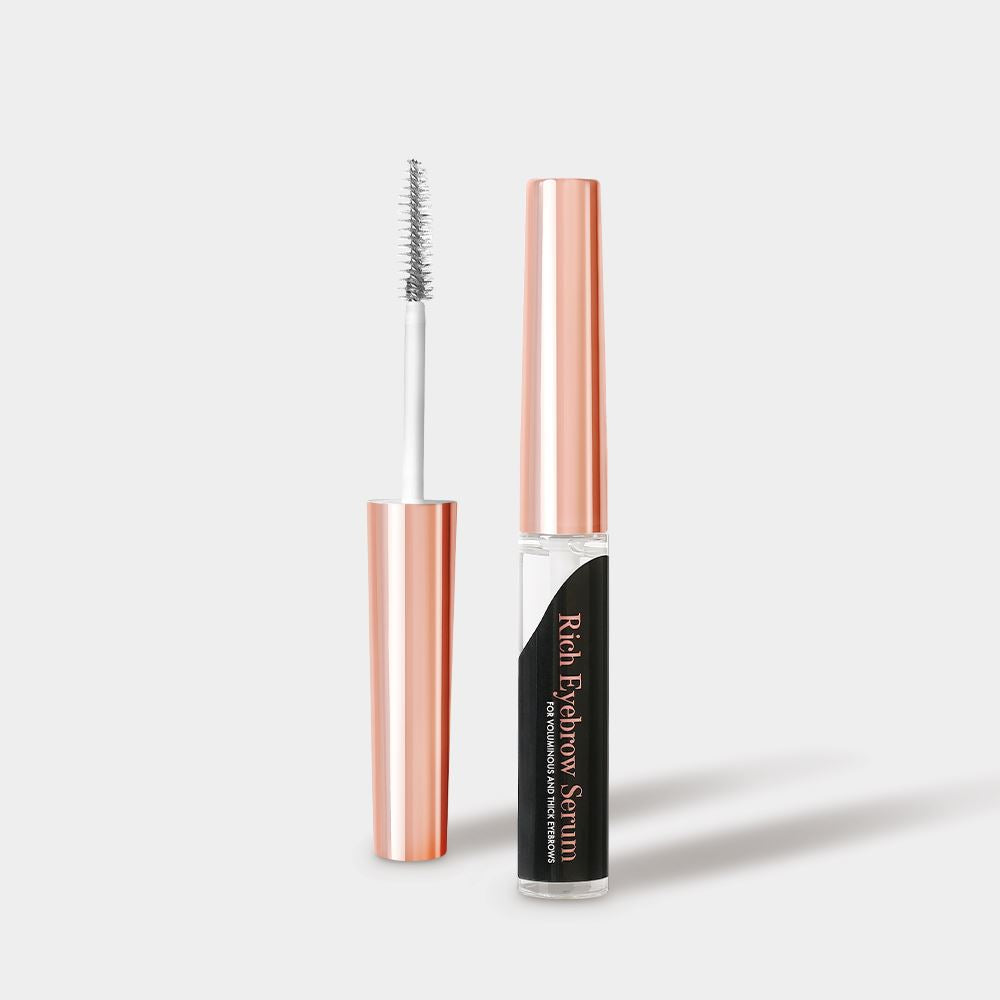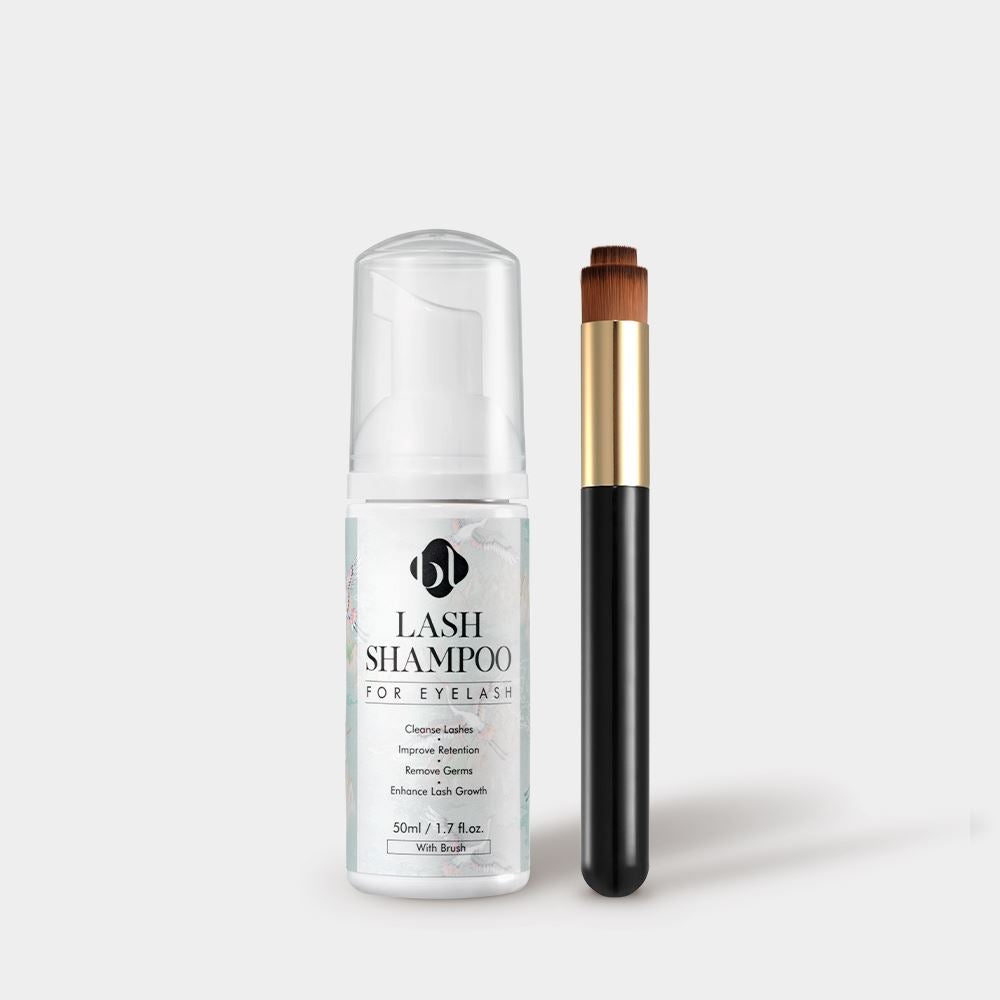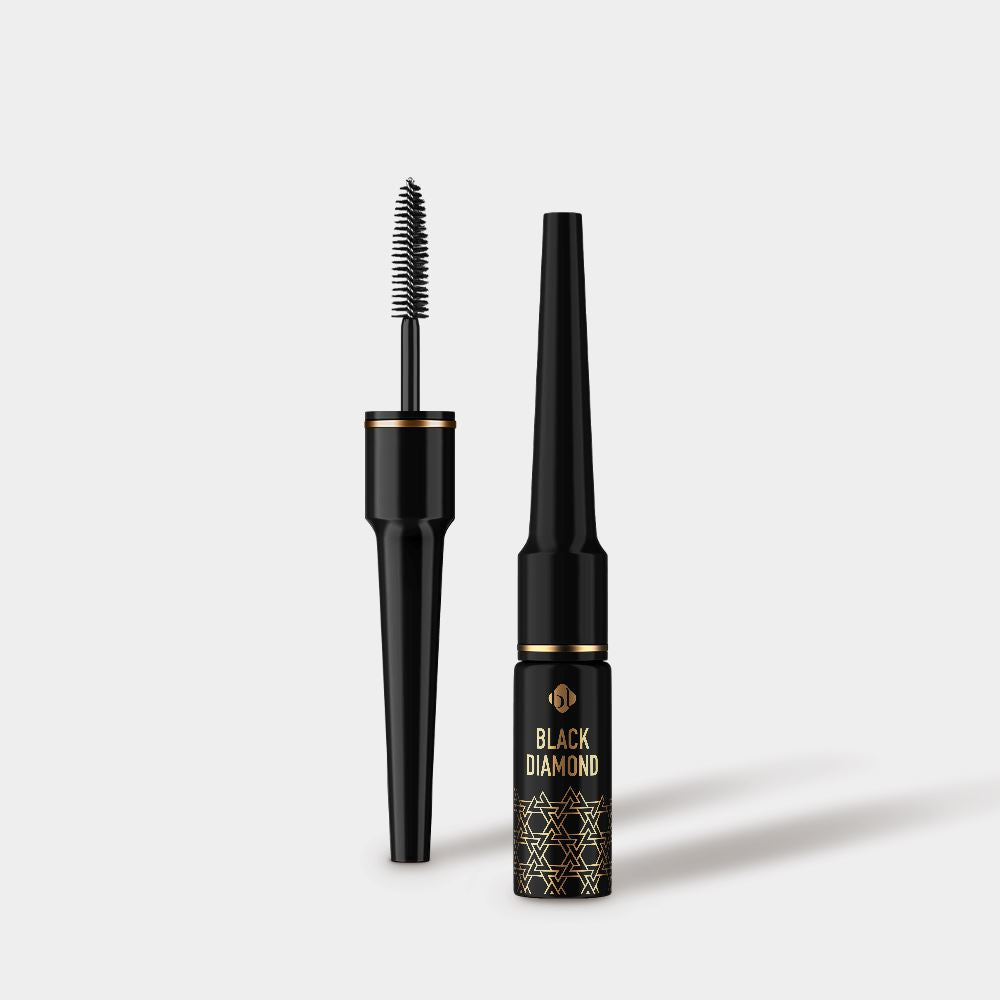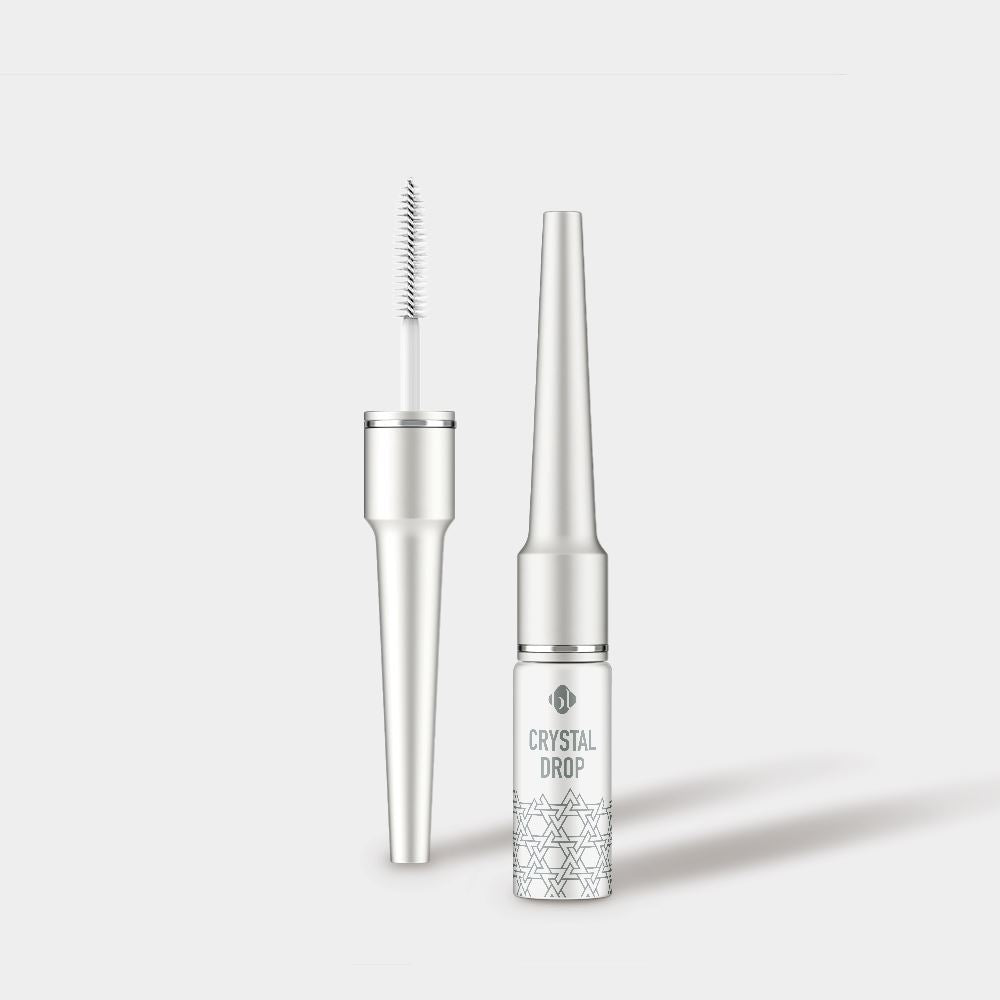All the hair on our bodies sheds and re-grows. Each part of the body sheds hair in its own cycle. You’ve probably noticed this if you wax regularly. (Fun fact: underarm hair grows about 50 percent faster than the hair on your legs!)
You might be wondering, what about eyelashes? How many eyelashes do my clients (naturally) lose every day and how long does it take to grow them back?
If you often receive urgent messages from your clients claiming “all my lashes fell out”, lash growth and the shedding cycle are things you should consider starting to investigate.
First, how many eyelashes do we shed per day?
On average, we shed about five natural lashes every day. In a week, that adds up to 35 lashes (that’s about 20% of eyelash extensions from a set). This is considered normal, healthy lash shedding.
The lashes that your clients shed are not lost forever. Instead, they are going through a cycle of growth and transition, then rest and repeat. At any given time, we have hairs that are in one of the four growth stages:

Initial Growth Phase
This is the phase where the lash growth starts in the skin. You can barely see this stage of lashes. They are in the “infant” stage and are thin, weak, and lack strength. Attaching synthetic lashes must be avoided on the natural lashes in the initial growth phase. Adding weight or stress on these tiny baby lashes can suppress the growth cycle of the lash in the future.
Growth Phase (80-95% of eyelashes)/Anagen Phase
In this phase the lashes grow thicker and longer after coming through the surface of the skin. Lashes in this stage show some resilience and strength. You can add lash extensions at this stage, but because they are actively growing, they can grow out fast and lead to an uneven design within two to three weeks.
Fully Grown Phase (1-5% of eyelashes)/Catagen Phase
This is the phase where the growth of eyelashes stops. It is the optimum phase for attaching eyelash extensions.
Resting Phase (10% of eyelashes)/Telogen Phase
This is the in-between phase where an eyelash ends its life cycle and is getting ready for a new one to grow. Attaching synthetic lashes to this phase of eyelashes should be avoided since there will not be much durability left in them, which will lead to extension lashes falling out quickly.

Clients often say, “My lashes never fell out this much before I got lash extensions!”
Well, that’s because the natural lashes’ growth and fallout happen in a cycle. We are never left hairless, and we never truly notice that we are, in fact, losing hair all the time. It's just that when you have long, fluffy (and expensive) lash extensions on those natural lashes, it’s way more noticeable when a couple of them fall out!

The truth about seasonal lash shedding
It’s the talk of the town that during certain times of the year your clients’ lashes might go through an increase in shedding, especially in the late fall months. This common phenomenon is known as seasonal shedding. Why does this happen and why during this time of year?
The exact cause of seasonal shedding is unclear, but some studies confirm that seasonal lash shedding occurs most often during the fall months, such as September and October.
Why in the fall? Research shows that certain things that happen during the summer months likely play a role in why and how we shed more hair and lashes in the fall.
- During summer, intense heat may trigger more lash hairs to go into the resting phase (the telogen stage), suppressing further growth and stopping the lifecycle. This means that all the “resting” lashes during summer are ready to fall out over the next month or two in autumn.
- In the summer months, when our follicle in the lash line collects more sweat, sebum, and makeup debris than other seasons, there is a higher chance that the dirt and sweat block the pores and suffocate the natural lashes. This blockage can suppress the growth of lashes in the growth phase (anagen phase), accelerating the lifecycle of the lash and resulting in severe lash fallout in autumn.

Alarming lash shedding symptoms
It’s common for all of us to experience additional shedding during the fall months, but some lash shedding might not strictly be the outcome of natural causes. If your client is experiencing alarmingly serious lash fallout, discuss with them to find out what’s happening and what may be causing the lash fallout.
Most of their lash extensions fell out overnight
If an alarming number of lash extensions have fallen out WITHOUT the natural lashes attached, then it’s highly likely this incident is related to the wrong use of lash extension glue or bad aftercare from your client’s side. You might want to ask the following questions:
- Is your glue’s drying speed too fast for you?
- Did you follow the correct instructions for using the lash glue?
- Did your client take a hot shower or use a sauna or swimming pool within 48 hours after the application?
- Did your client use an oil-based makeup remover?
Too many lash extensions & natural lashes fell out
Some medical conditions and medications can affect the shedding cycle dramatically, and you may notice these clients lose their extensions much faster than normal. The most common medications causing premature termination of the lash cycle are thyroid medications.
The thyroid gland produces hormones. If the gland produces too much or too little thyroid hormone, it can cause a variety of symptoms, including hair loss. The lashes typically start to grow back after the thyroid imbalance has been treated. If your client is experiencing an alarming amount of natural lash shedding (where lash extensions are attached) in a short duration of time, check with them if they are taking any medications.
Shedding natural eyelashes in one spot or on all of the lash line
In rare cases, you might come across some clients missing natural eyelashes in one spot. It could stem from alopecia or another autoimmune condition. Doctors believe that alopecia causes the body to attack its own hair follicles, causing full, partial, or episodic hair loss. Although no cure for alopecia currently exists, a doctor can prescribe treatments that may help their lashes regrow more quickly.
What can you do as a lash artist?
Lashes take about 90 days to grow from stem to stern, but it is possible to encourage that process along and prevent further lash loss.
Make sure your clients are well-informed
The client’s diligence when it comes to personal hygiene and lash aftercare will influence the retention of the extensions. While you can’t control your clients’ behavior outside of the salon, you can make sure that they are well-informed.
Clients’ aftercare such as lash cleansing is especially important to prevent seasonal lash fallout. Cleansing lashes properly and regularly with a lash cleanser can prevent the pores in the lashline from being contaminated, blocked, and infected.
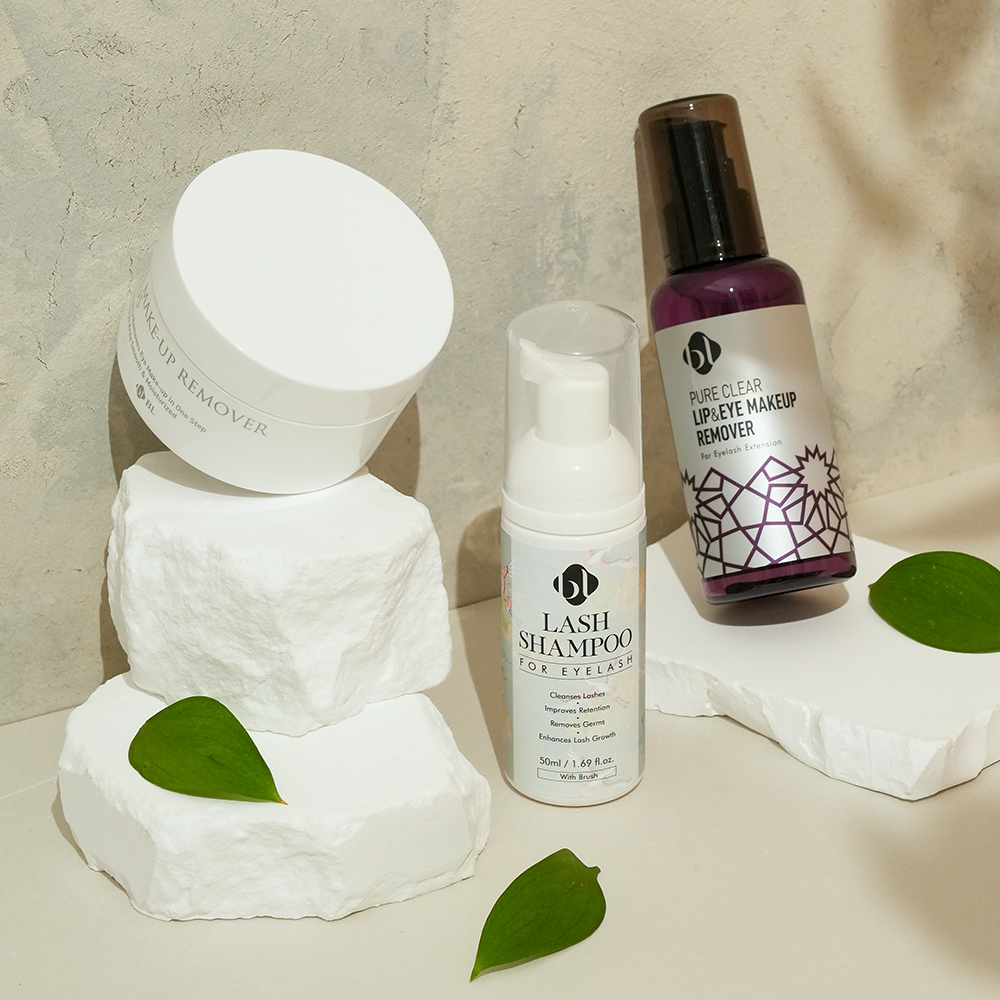
Make sure your clients are scheduled for an infill every 3 weeks
The loss of the longest and thickest lashes will leave any client’s lashes looking uneven. This awkward look can make your client hate their experience with eyelash extensions forever! At the end of the service, you should always advise your client to book an infill every three weeks – depending on their lash shedding cycle.
Take time to inform them about natural lash shedding cycle and seasonal lash fallout so their expectations are well-adjusted from the beginning.
_
We hope that this post helps to clarify all you wanted to know about the lash growth cycle and shedding! From now on, before blaming your application or the glue itself, look through these points to double-check it's not just typical shedding.
If you're having retention issues, we have NUMEROUS blog posts that can help you on the subject.
This blog is protected by copyright law. Reproduction or rewriting without permission is strictly prohibited.
Read more:
What's in my lash extension glue?
Keep or toss? The shelf life of eyelash extension supplies


